Living
25 Fitness Tips That EVERY Gym Enthusiast Needs to Know
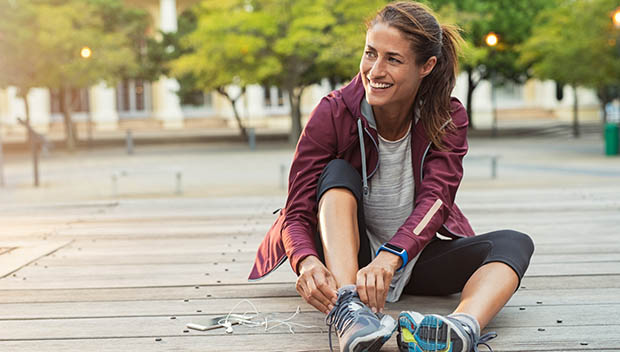
Every great journey begins with a single solitary step. In the fitness world, we begin our journey toward health and wellness in earnest when we begin putting in the work. As many newcomers to the world of exercise have come to realize, simply working hard will not always lead to direct and effective results. Do you feel like you are hitting your limits, spinning your tires, or otherwise stalling out with your fitness progress?
To enjoy a more successful journey toward your fitness resolutions, consider incorporating 25 of these secret fitness tips that every gym enthusiast needs to know!
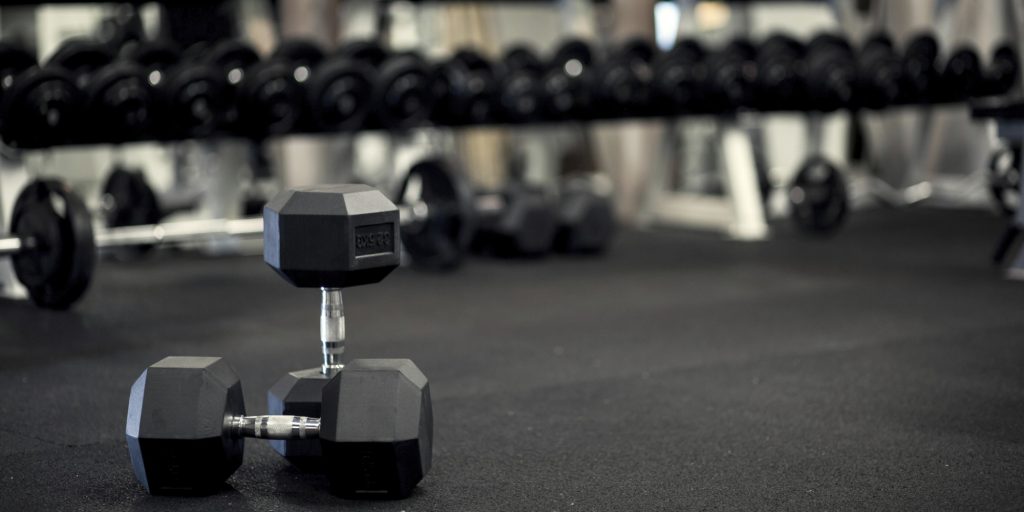
1. Work Your Way Up the Weights
Getting into shape through exercise and fitness requires an understanding of the journey along the way. You don’t start your weight lifting journey by going straight for the heaviest deadlift you can handle. Instead, slowly work your way up in weight until you are failing at roughly 30 to 40 seconds into your set.
The process described above is known as time under tension and is ideal for stimulating muscle growth.

2. Figure Out What Works For Your Body Type
You have probably read a thousand of those success stories that talk about trying every fad diet & every fad workout and having no results UNTIL that one thing. It’s true, all our bodies are built different and what works for your best friend, might not work for you. Korescale is a scale that uses biometric sensors to break-down your BMI, body fat, muscle mass, and body water, so you can see where you are hitting plateaus and how to get past them. Plus it’s just a really great scale for checking your weight in general. Currently 50% off through the end of the week – click here.
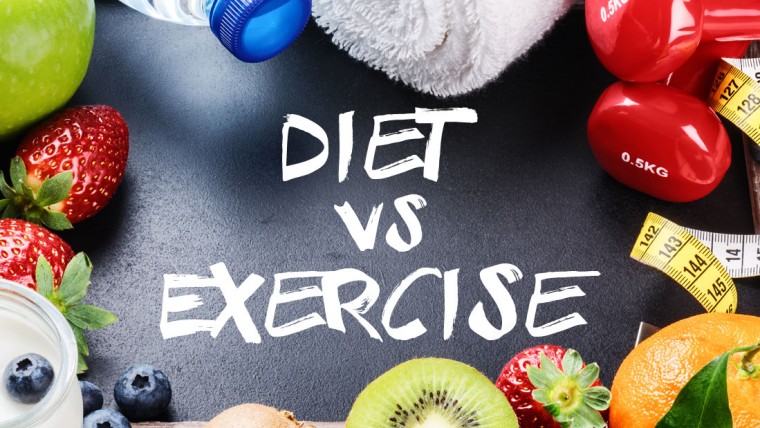
3. You CAN’T Outwork a Bad Diet
Spend more than five minutes with any personal trainer in the world and you will quickly learn the importance of dieting. Food isn’t just what fuels our body, it is what our body needs for us to reach all of our goals. A balanced meal consisting of complex carbohydrates, lean protein, and healthy fats can contribute toward success in the weight room and in life.
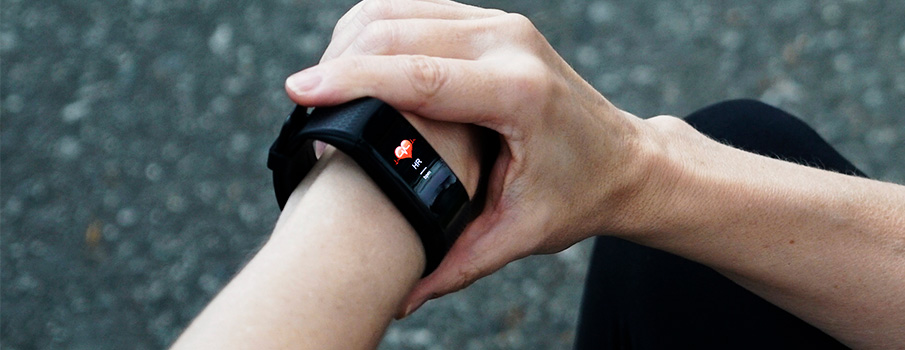
4. Purchase A Heart Rate Monitor
Whether you are trying to gain muscle or burn fat, a heart rate monitor can be a tool of expediency. Heart rate monitors can be used with mobile fitness trackers to track and analyze the intensity of your workout routine. Keeping your heart rate in the right range can lead to more productive fitness sessions.
Use a fitness tracker and heart rate monitor combined to maximize the impact of your effort at the gym! Our favorite is KoreTrak because it’s affordable, but also has all the functions of something fancier – like an Apple Watch. Koretrak monitors heart rate, blood pressure, blood oxygen level, tracks steps, tracks calories, text message alerts, missed calls, find your phone, and time / weather / location. Click here for a KoreTrak Discount Code.

5. Target A Wide Range of Motion in the Gym
Did you know the best way to get the most out of your workout is by targeting exercises with a full range of motion? It’s true! When you target exercises with a wider range of motion, your muscles are forced to do more work per rep. This effort leads to more muscle tissue breaking down by the end of the workout, thus leading to more gains!
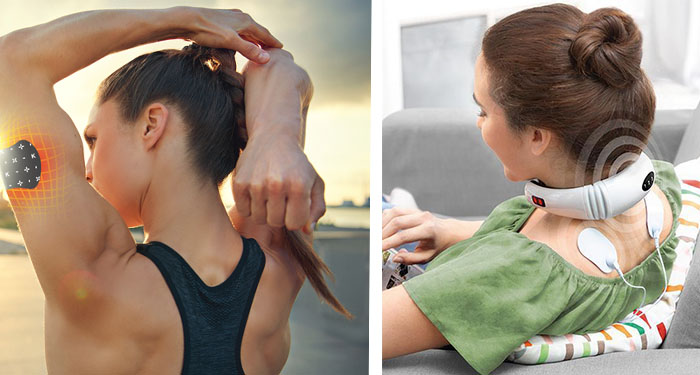
6. Relax And Let Your Muscles Recover
As your workout, your muscles strain and pull apart. Your body recovers from this by “refusing” the fibers and making them bigger and strong – hence the term – building your muscles. It’s important to allow your body recovery time. Hydration, stretching, a warm bath, and massage are all great ways to speed up recovery. Two products we like that can help with any pain + speed up recovery are NeckRelax and Kaydia Patch
Neck Relax makes a great product that helps you loosen and relax your body hands-free. You strain your neck more then you think when lifting and moving – clenching your jaw, etc. They are running a special for 50% off here.
Kaydia Patch we actually wear while doing cardio and when recovering. It’s a patch with nano technology that targets pain. It’s reusable and helps you keep a clean regiment (no pain pills), but without suffering through recovery days. They are also running a discount this time of year – click here for the discount code.
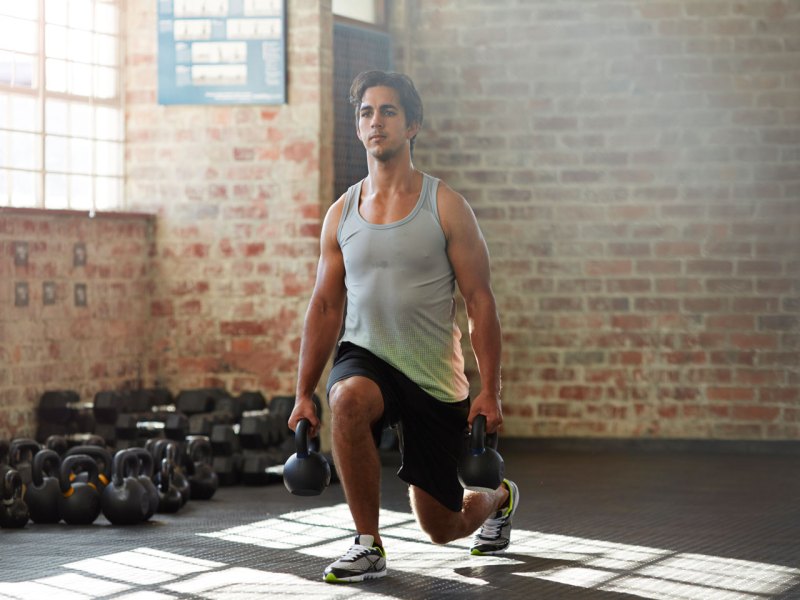
7. Get Comfortable With Exhaustion During Workouts
Endurance training focuses on total effort during a concentrated period of time. The goal here is to completely exhaust our muscles, so we have to prepare for exhaustion from the get-go. Pullups, pushups, squats, and rows are all great lifts to really push ourselves while defining our endurance capabilities.
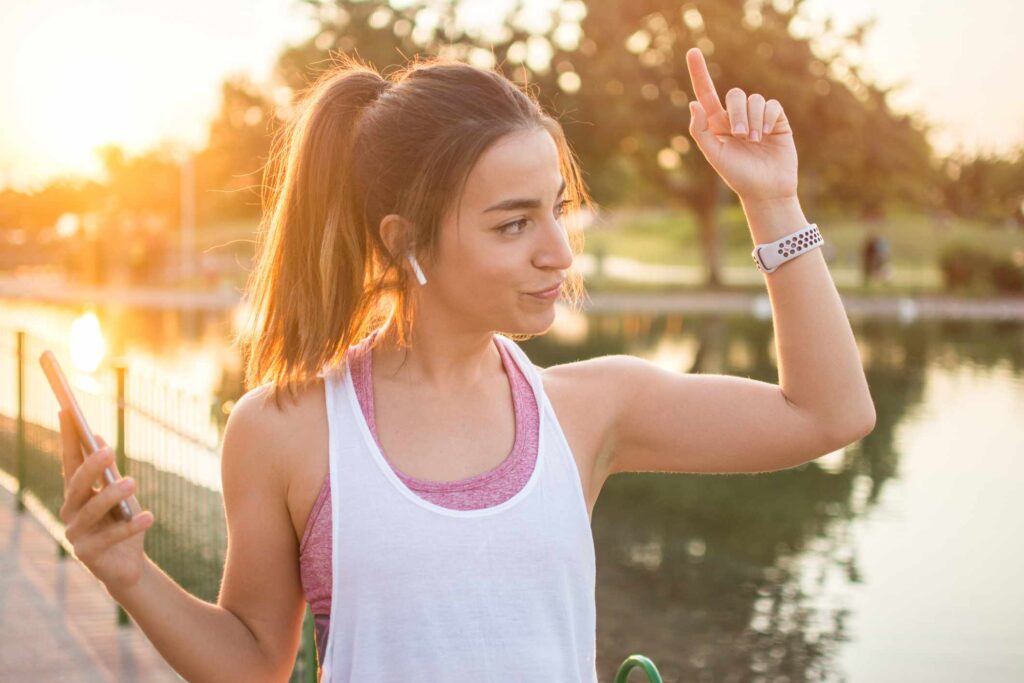
8. Get In The Groove
Seriously, pump those jams. Research has shown that listening to music while working out can put you in a better mood, make you workout longer, AND increase you stamina. Since most newer phones don’t have a headphone jacks, it’s time you went wireless. DangoBuds are our pick for quality, affordability and style. Discount available here.
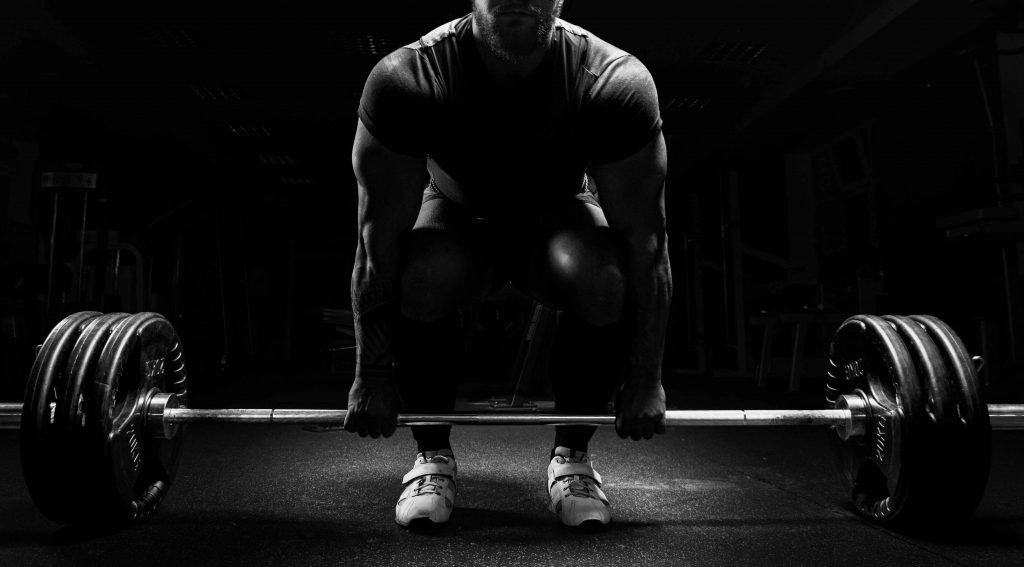
9. Strength Comes From Your Lower Body
If we really want to find results in the gym then we are going to have to attack our lower body with compound lifts. Compound lifts like squats, hip sleds, and deadlifts all do a great job of targeting stubborn fat. Additionally, your lower body is where the majority of your strength comes from and these exercises will prove it!
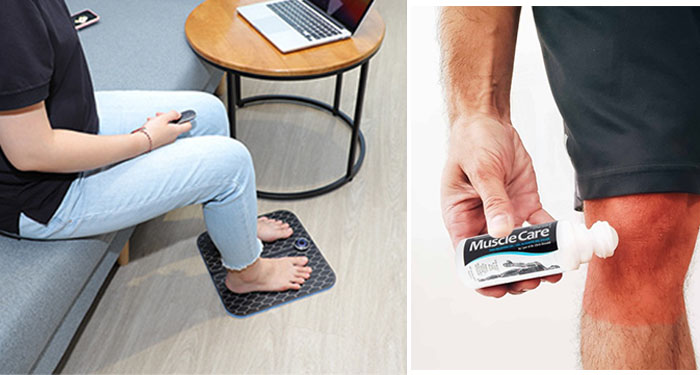
10. So Nice, We Listed It Twice – RECOVERY
Recovery really can’t be overstated. It is SO important to give your body time to heal and build. We recommend cardio or resistance training on your recovery days so you stay in the routine of working out, but also make sure you apply a muscle pain relief product and get some massages in.
We asked our resident fitness guru, Steve, what his two recovery secrets are and he said Muscle Care and LaidBack.
MuscleCare is a roll-on pain reliever for muscles. “It’s my secret weapon, most people buy a drugstore brand of pain reliever, but Muscle Care is the real deal. It works fast and actually smells good” said Steve.
“LaidBack,” Steve said with a smile and a glance at his feet, “Is a foot massager that provides all over body relief.” Steve is actually using LaidBack as we speak, I didn’t even notice. He says its great for in the office and his body is so tense after a hard workout that LaidBack really helps loosen him up. Currently on sale here.
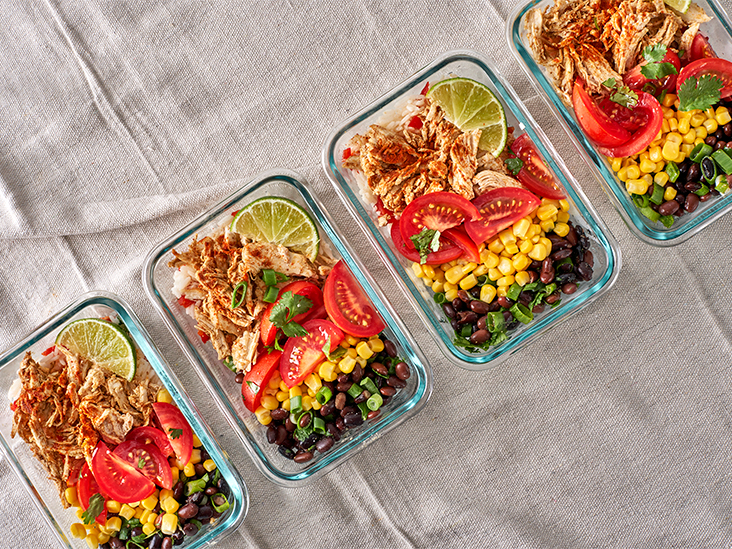
11. Meal Preparation Is the KEY to Success
The easiest way to ruin a great workout is by eating a bad meal. Limit your exposure to impulse purchases and junk food by preparing your meals ahead of time. Pick a day of the week to prepare and freeze all of your meals and you’ll never go without!
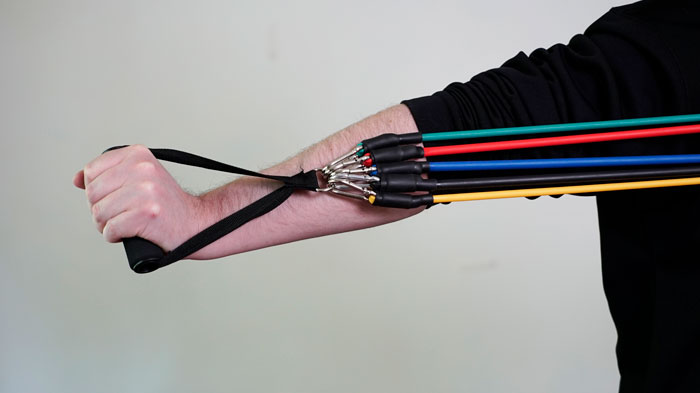
12. Low Impact, High Resistance Training Yields BIG results
Resistance bands are great for low impact, high resistance training. They help you maintain muscle mass and improve flexibility and endurance, while putting low-strain on your body. KoreTense makes some nice resistance bands and they usually have a deal on the package of 5 bands, straps, bag, etc. We like to use the resistance bands on the days we don’t make it to the gym.
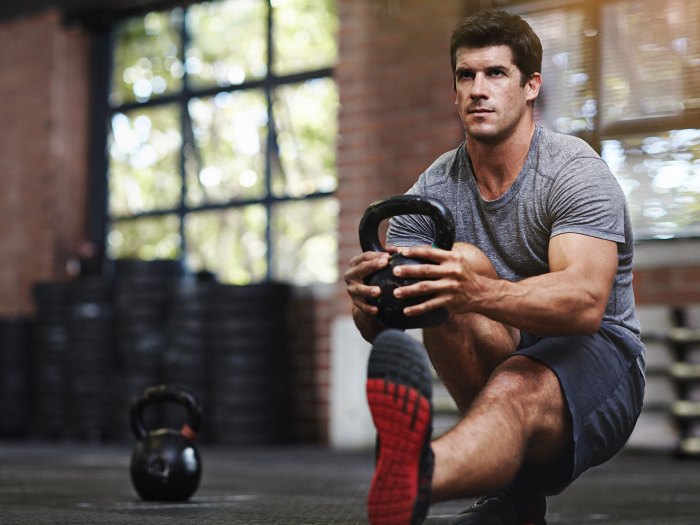
13. Map Out Your Fitness Journey
Before you pick up your first weight or book your first personal training session, take some time to clarify your goals. What are you looking to accomplish? Do you want to trim fat? Build muscle? Improve your cardiovascular endurance? Specific goals will require specific workouts, diets, and supplements. Don’t waste your effort by working in the wrong direction!
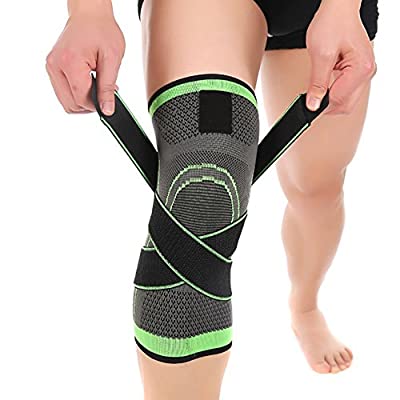
14. Take Care Of Your Knees
As Baz Luhrmann says in his advice filled song, “Be kind to your knees, you‘ll miss them when they’re gone.” Exercise can be killer on the knees. They take a lot of the impact, especially when running, fortunately knee braces can both protect them and alleviate any knee pain. Circa Knee was invented by a chronic knee pain sufferer – it’s comfortable and let’s us take workouts to the next level knowing that our knees are protected.
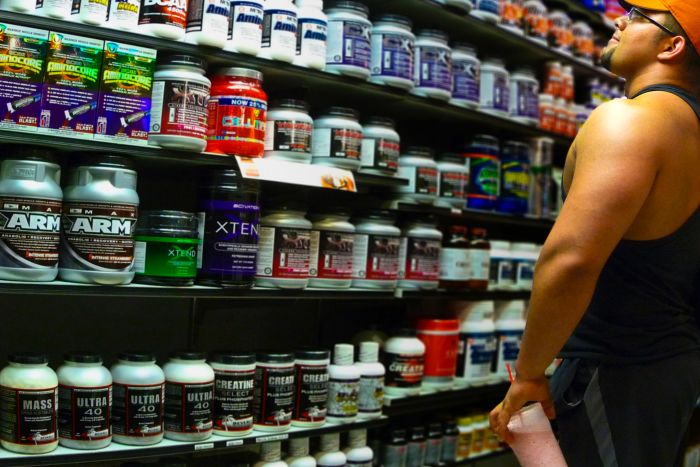
15. Learn Which Supplements Work Best For You
Depending on who you talk to, fitness supplements are either the best things or the worst things to ever happen to the fitness world. While there are countless fitness supplements on the market, there are a few that we would prioritize. Creatine is an ideal muscle-building supplement when used properly. BCAAs also help stimulate quicker muscle recovery.
Talk to your personal trainer to clarify your goals while discussing the supplements that might work best for you.
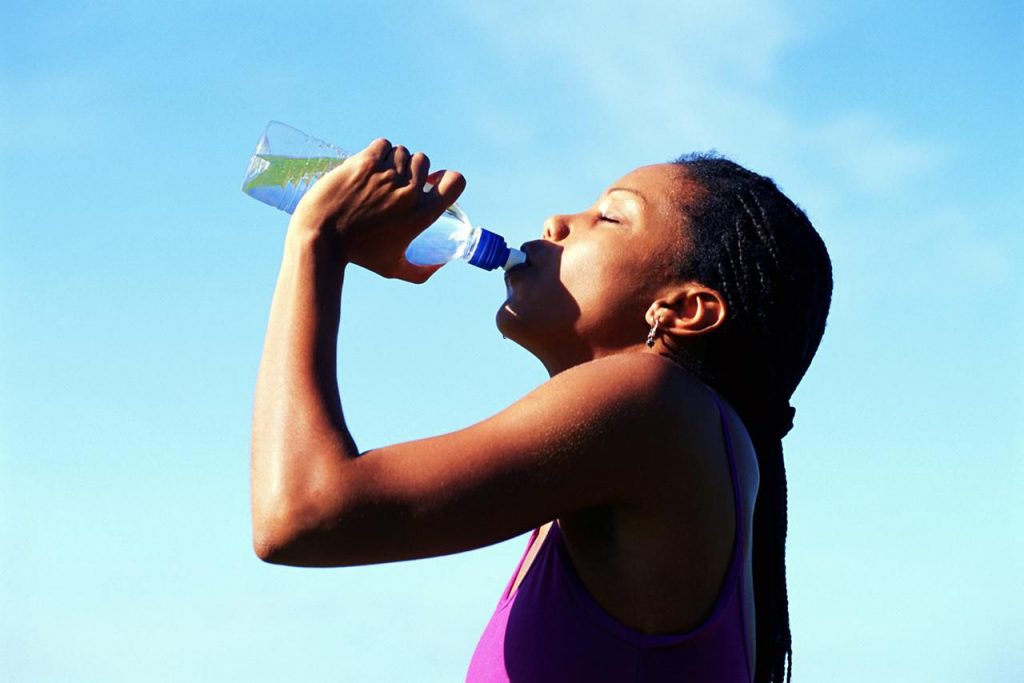
16. Master the Art of Proper Hydration
Did you know that a majority of the country walks around dehydrated during the average day? It’s true, far too few of us actually drink enough water to meet our hydration needs and this problem is amplified in the fitness world. Drink enough water to ensure the health of your GI tract so that nutrients are properly absorbed. Active fitness enthusiasts should aim for roughly one gall of water a day.
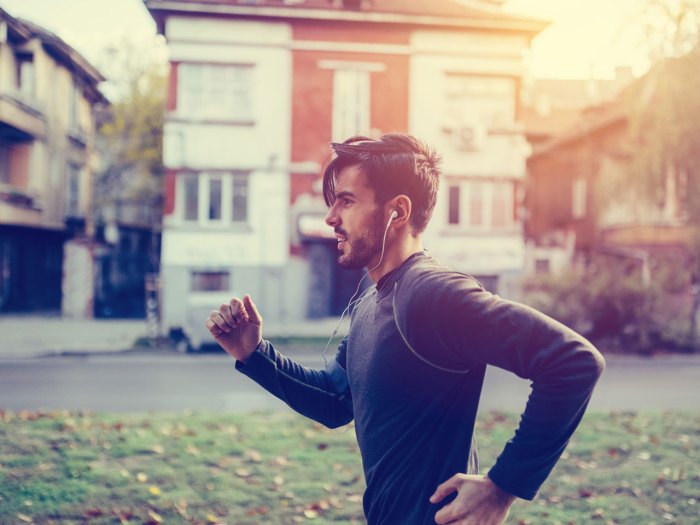
17. Find Your Motivation and Make It Count
When we work on any hard task, it can help to have a motivation to call upon when we begin to struggle. Motivation can take many different forms in the fitness world. Some of us are motivated by a desire to live healthier while others want to sculpt an aesthetically pleasing body. No matter your goals, find what motivates you, and stick to it when times are tough!
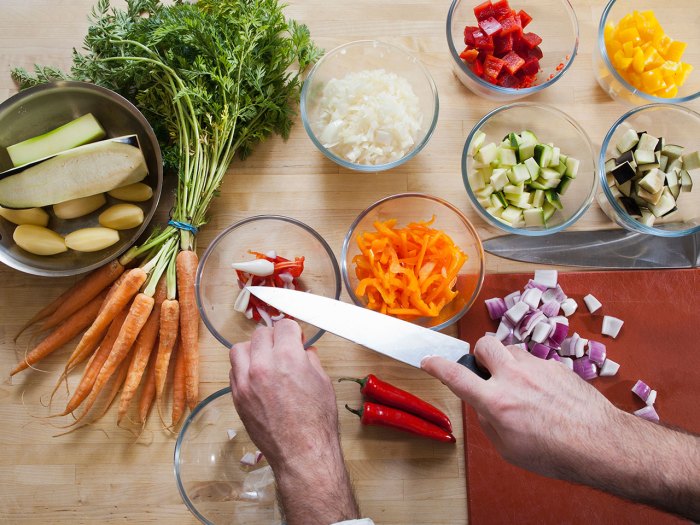
18. Lock Down Your Portion Control
Learn to eat with purpose by paying attention to how your portions look on your plate. Chicken, meat, and fish should stick to portions the size of your palm. Pasta should be portioned out roughly to the size of your fist. In order to promote healthier portion control, consider utilizing smaller bowls or plates to help.
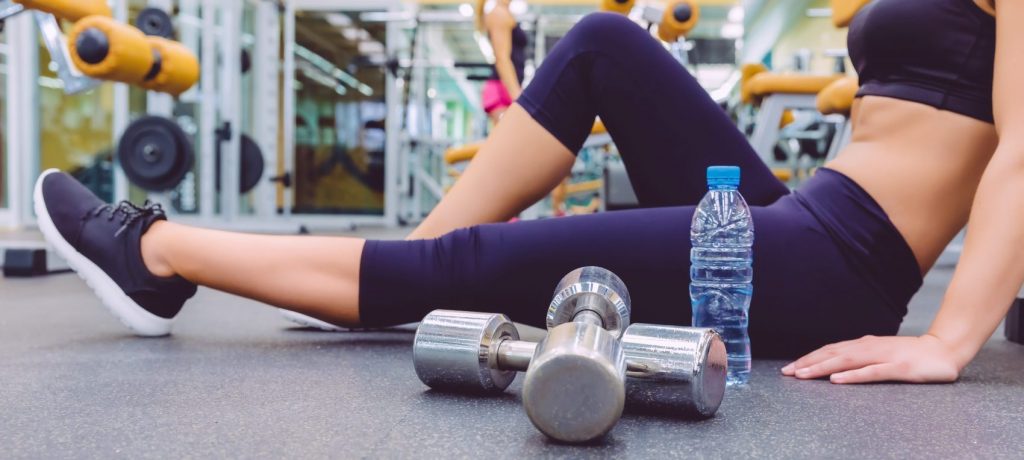
19. Adjust Your Rest Periods For Different Lifts
Taking a break during a hard routine is normal. Taking an extended break during your lift can end up causing you harm. Stick to around 45 seconds at most between sets because this will best help you to improve your endurance. As you begin lifting heavier weights, you can start extending your rest periods.
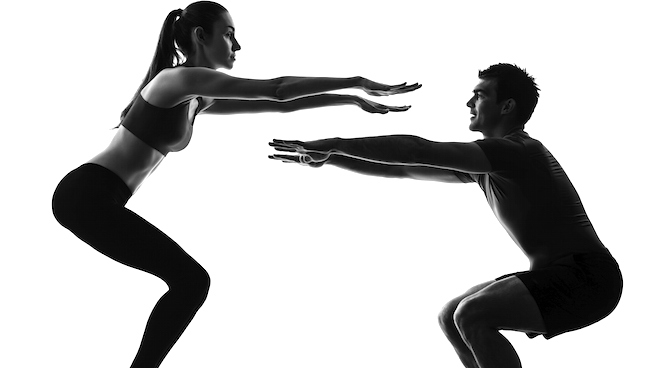
20. Master Your Form Before Lifting Heavier Weights
While it is always fun to lift heavy weights, we really need to make sure that our form is in place before doing so. Workout with a trainer or a friend so that you can get feedback on your form. Proper form while lifting can help prevent injuries while also more accurately targeting muscle groups during your lift.
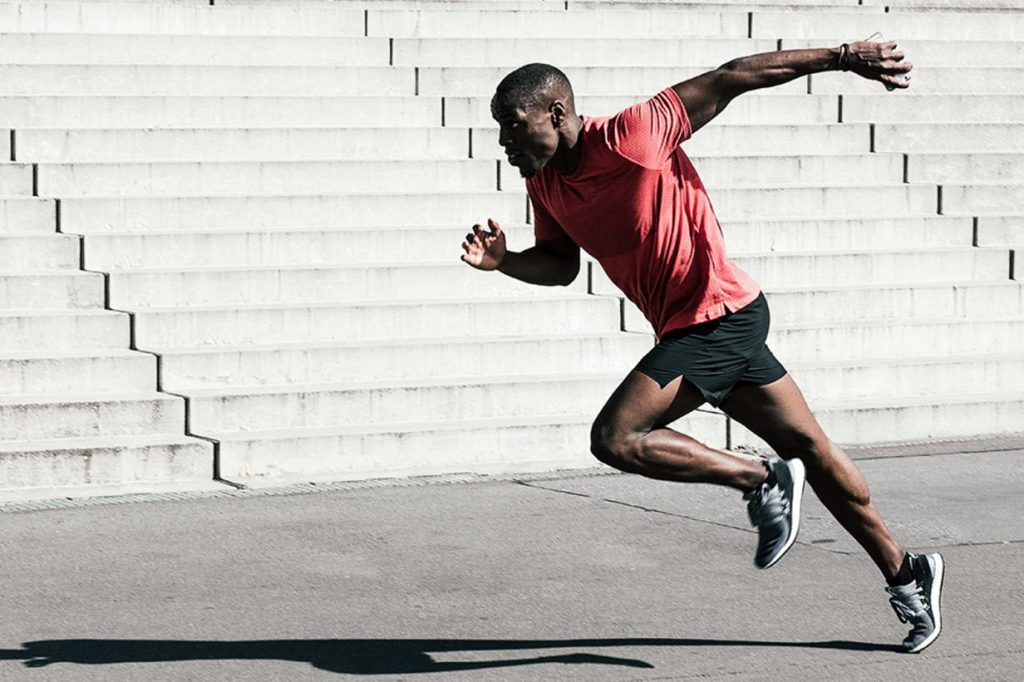
21. Carefully Incorporate Cardio Depending On Goals
If your goal is to lose weight and cut down on fat, ramp up your cardio and make sure that you are staying hydrated. If your goal is to gain muscle, then you really need to limit your exposure to cardiovascular training. For strength training, make sure to incorporate a light jog or some time on the treadmill a few times during the week.
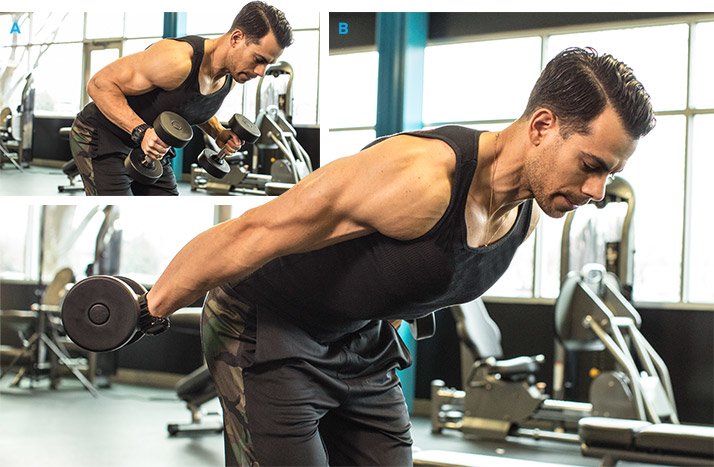
22. Change Your Workout Routine to Inspire Results
When you walk into a fitness center, it can be easy to become overwhelmed by the many machines and weights available to you. There is a reason why gyms have so many pieces of equipment and it is because change is IMPORTANT! Change up your fitness routine to prevent boredom while maximizing your results. Your body can get used to a certain routine and that can lead to diminishing results. Changing up your routine often can keep things fresh and fruitful!
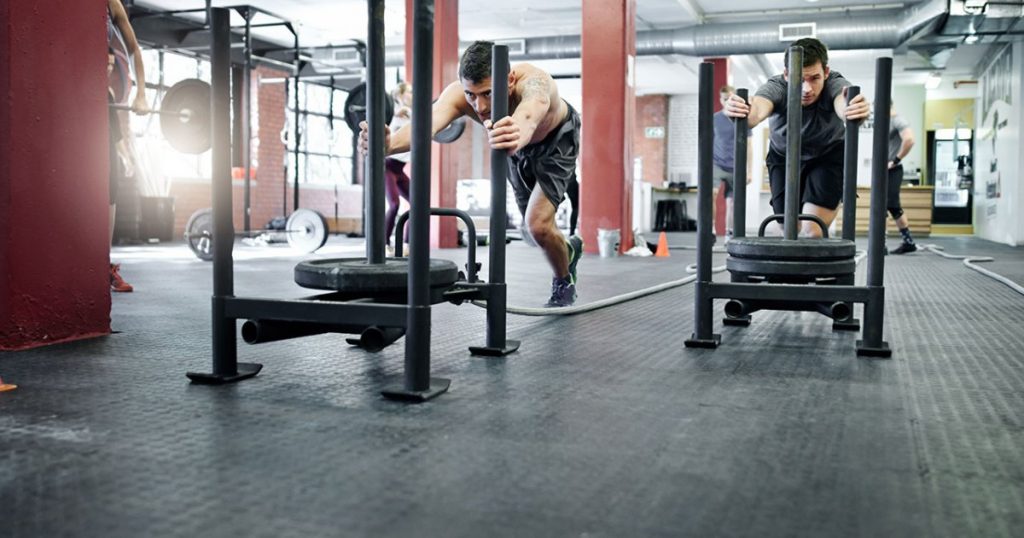
23. Find a Workout Partner to Hold You Accountable
Everything is more fun when it is done with a friend and exercise is no exception. While we understand how fun it is to lift alone, working out with a partner can be a powerful motivator. Not only will you have a friend to encourage your growth, but you will have someone to monitor your form, hold you accountable, and inspire your journey. Of course, you will offer the same thing to them!

24. Workout When It Works Best For Your Schedule
Going through college, I knew that the only time I could get a lift in was after class at night. Instead of trying to jam in an early morning lift when I knew I’d be tired, I scheduled post-class workouts. Make sure that you are always scheduling your workout routines around YOU. There is nothing wrong with waking up early or going to bed late, just fit it into your schedule and the results will come!
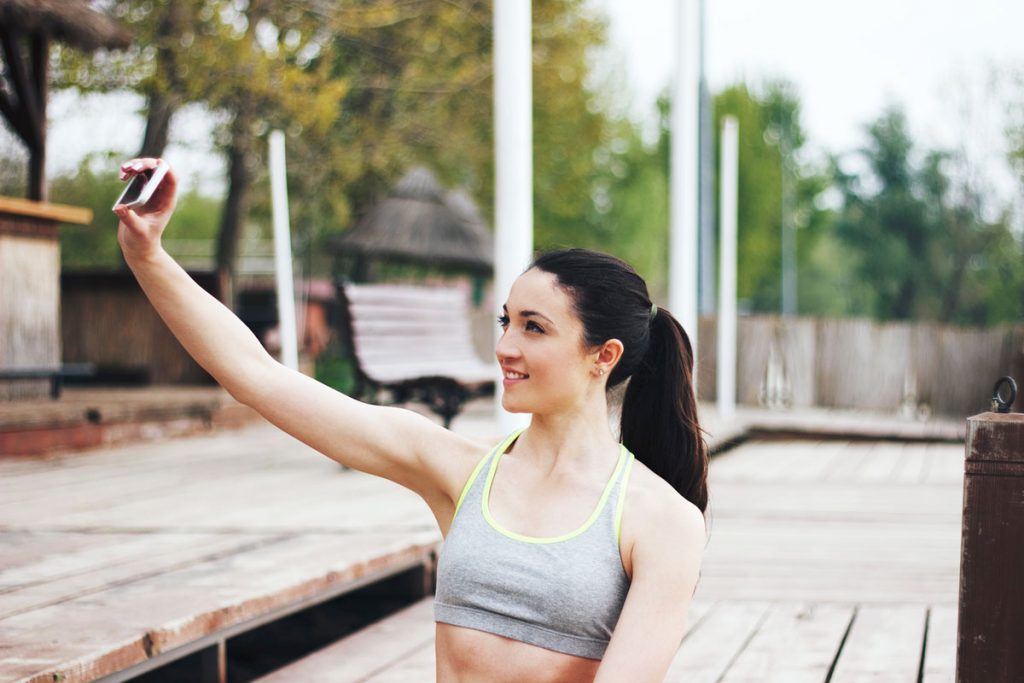
25. Track Your Journey Via Photographs
Whether you are trying to gain weight or trim stubborn belly fat, make sure to monitor your entire journey through photographs. Now, people might mock the fitness mirror selfie but we personally love it. These photos will work as both a reminder and a source of motivation as you push forward in your journey.
Small changes are hard to notice, but photographic evidence is impossible to deny. Enjoy your journey, track your progress, and become the fitness enthusiast you’ve always yearned after!
Fitness Related Products We Recommend
- KoreTrak Fitness Monitor to track your vitals and reach your fitness goals
- KoreTense Resistance Bands for low impact resistance training that can be done at home
- Neck Relax for neck pain recovery and all over body relief and relaxation
- Kaydia Patch for nano technology pain relief on targeted muscles
- Circa Knee for knee joint protection
- DangoBuds for powering up yourself workout by
- listening to your favorite tunes (wirelessly!)
- KoreScale for tracking not just your weight, but the break-down of BMI, water weight, and muscle mass.
- LaidBack to massage your feet and relieve all over body tension during recovery
- Muscle Care to rub on your sore muscles
Living
Texas Mom Welcomes Third Baby at 51 — and Says She Might Not Be Done Yet

Grace Collins, a mom from Texas, isn’t letting age define her motherhood journey. At 51, she recently welcomed her third child — a baby boy named A.J. — and says she’s not sure she’s finished growing her family just yet.
Collins first gained attention in 2024 when she went viral on TikTok for sharing her story of becoming a mom later in life through IVF. Her journey began at age 44 with the birth of her first daughter, Maggie. Two years later came her second daughter, Goldie. And in 2024, at age 50, she became pregnant again — this time with her first son.
“It’s hard being pregnant no matter what age you’re at,” Collins told TODAY.com. “And I don’t know if I’m done either!”
Though being pregnant in her 50s might seem daunting, Collins says it’s actually gotten easier over time. “I felt like I was more tired when I was pregnant at 44 than I was when I was 50,” she previously told PEOPLE. “Maybe my body just figured out how to cope, or maybe having children keeps me young.”
That sense of energy seems to carry into her everyday life as a mom of three little ones. “I’m a pretty on-the-go kind of girl,” she said. “I’ve been in the little kid daily grind since I was 44, so I don’t know any different.”
Collins also shared that age has brought some unexpected advantages. With more life experience under her belt, she feels more aware of her body and committed to her health. Before her last pregnancy, she took proactive steps to ensure she was in good shape, including a full slate of medical screenings and maintaining an active lifestyle.
“I made sure I had a healthy baseline,” she told PEOPLE. “All my pregnancies have had their hurdles — but overall, I can honestly say it’s become easier with each one.”
Despite being older than many of the parents she meets at playdates or school events, Collins says age isn’t a barrier when it comes to connecting. “The things we have in common outweigh our age differences,” she said. “If anything, having kids has honestly kept me younger.”
As for whether baby A.J. will be her last? Collins isn’t closing that door just yet. For now, she’s savoring life as a busy mom and embracing every moment. “I’m going to do everything I can to stay young and present — not just for my kids but for myself.”
Living
Friendship Benches Come to Sussex, Offering Free Mental Health Support Inspired by Zimbabwe
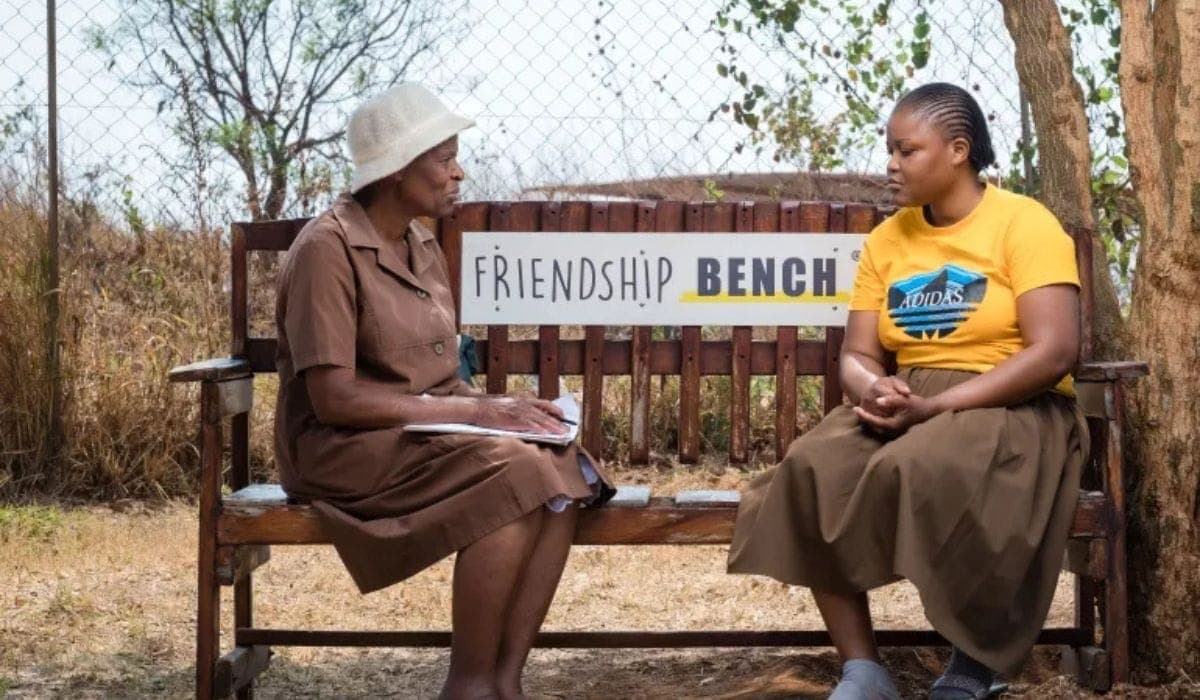
A simple wooden bench may seem unremarkable, but in Sussex, it’s about to become a powerful tool for tackling mental health challenges.
A pilot scheme called the Friendship Bench, originally developed in Zimbabwe, is launching in Sussex to provide free, low-barrier support for people dealing with depression, anxiety, and loneliness. The initiative places trained lay counsellors—affectionately called “grandmothers” and “grandfathers”—on benches in public indoor spaces like libraries and community centers, where they offer compassionate, non-judgmental conversation to anyone who stops by.
Founded in 2006 by psychiatrist Professor Dixon Chibanda, the Friendship Bench model was born from the idea that everyday people, especially older members of the community, can offer meaningful support. Despite receiving just two weeks of training, the lay counsellors have made a global impact. Studies, including one published in The Journal of the American Medical Association, show the program led to an 80% reduction in depression and suicidal thoughts, and a 60% improvement in quality of life among participants.
Now brought to the UK by Dr. Nina Lockwood of Brighton and Sussex Medical School, the Sussex pilot will involve ten lay mental-health workers offering six-to-eight-week support sessions. Unlike the original Zimbabwe benches that are placed outdoors, the UK’s version will adapt to the British climate with indoor seating areas.
“There is an unintended novelty to the west taking a model founded in Africa,” Lockwood said. “But just like in Zimbabwe, the UK has a massive shortfall in mental health resources compared to the demand of our population’s mental health problems. We urgently need to adopt agile, alternative ways of working.”
Trained volunteer Mebrak Ghebreweldi, from Diversity Resource International, said the approach allows time to uncover root issues, like housing insecurity or unemployment—problems that can be missed in rushed GP visits.
“GPs don’t have time for those long conversations,” Ghebreweldi explained. “They’ll just prescribe something. But when we listen, we often find that what seems like depression may actually stem from practical, solvable problems.”
Chibanda’s vision for the Friendship Bench grew from a recognition that medication and diagnoses alone can’t fix a growing global mental health crisis. “Not everyone can see a mental health professional,” he said. “But most people have access to the care, compassion, and wisdom of grandmothers—the unsung heroines of the world.”
In the UK, mental health needs are urgent. One in six adults reported moderate to severe depressive symptoms in 2022, and NHS wait times for therapy can stretch over four months. The Friendship Bench offers a hopeful alternative—one built on human connection and community.
With over half a million people already helped worldwide, the scheme’s expansion into Sussex could be a quiet revolution in how we approach mental wellness—one chat at a time.
Living
New Coral Feeding Device Offers Hope for Reef Restoration

A team of scientists from The Ohio State University has unveiled a groundbreaking device designed to enhance food sources for coral reefs, offering a potential boost to restoration efforts. The device, called the Underwater Zooplankton Enhancement Light Array (UZELA), works by attracting zooplankton to coral habitats, increasing their availability as a food source.
UZELA is a submersible, programmable light capable of operating for up to six months on a single battery. When maintenance is needed, trained divers can perform simple servicing. The device activates for roughly an hour each night, emitting a specific type of light that encourages zooplankton accumulation without disturbing other marine species. This process enhances the feeding opportunities for corals, improving their chances of survival and growth.
Encouraging Results from Initial Tests
Researchers tested UZELA near two native Hawaiian coral species, Montipora capitata and Porites compressa. Their observations showed a seven-fold increase in local zooplankton populations and a dramatic improvement in coral feeding rates—ranging from 10 to 50 times higher than usual. These findings were published in Limnology and Oceanography: Methods.
According to study lead Andréa Grottoli, a professor of earth sciences at The Ohio State University, coral reefs play a disproportionately important role in marine ecosystems. “Although reefs make up less than 1% of the ocean, they support a third of all marine life,” she explained. “With increasing threats, we must find ways to protect them.”
The Growing Threat of Coral Bleaching
Extreme ocean temperatures continue to endanger coral reefs. The U.S. National Oceanic and Atmospheric Administration (NOAA) recently reported that from February 2023 to April 2024, nearly 60.5% of the world’s coral experienced bleaching. This occurs when corals expel the algae that provide them with essential nutrients, making them more susceptible to disease and die-off.
While corals can recover if water conditions stabilize, many struggle due to a lack of available food. The presence of concentrated zooplankton, as facilitated by UZELA, could help mitigate some of the negative effects and provide corals with the nutrition they need to survive.
A Short-Term Solution with Long-Term Potential
Although UZELA is not a permanent fix for coral degradation, researchers see it as a valuable tool for temporary relief. Grottoli compared it to “a band-aid that could help buy us time” while broader solutions, like reducing carbon emissions, are pursued.
Currently, UZELA devices are assembled by hand, but researchers are working with a local engineering firm to refine the design for mass production. If successful, an improved version could be ready within the next few years, allowing for expanded deployment in vulnerable coral reef regions.
“Addressing climate change is the only way to truly save coral reefs,” Grottoli emphasized. “But tools like UZELA give us a fighting chance to protect some reefs while we work toward a more sustainable future.”
Living
Kazakhstan’s Snow Leopard Population Soars Toward Historic Highs

Kazakhstan’s snow leopard population has made a remarkable recovery, with current estimates ranging from 152 to 189 individuals. These numbers echo those last seen in the 1980s, marking a milestone in global conservation efforts. However, human activities continue to pose significant challenges to the survival of this elusive species.
Known locally as the irbis, the snow leopard is classified as vulnerable on the International Union for Conservation of Nature’s (IUCN) Red List. It is also listed in the national Red Books of all 12 countries within its range. In Kazakhstan, snow leopards inhabit rugged mountainous regions, including the Altai, Tien Shan, Zhetysu Alatau, and other large mountain systems.
Since 2018, Kazakhstan has implemented a snow leopard conservation initiative under the United Nations Development Program (UNDP). This effort has led to a population increase of over 26% since 2019. Alexei Grachev, executive director of the Snow Leopard Foundation and head of the Snow Leopard Monitoring Center, emphasized that protected areas have played a pivotal role in stabilizing and boosting the population.
Key habitats include Ile-Alatau National Park, Altyn-Emel National Park, and the Katon-Karagai Reserve. The Zhetysu region, in particular, has the highest population density due to favorable factors such as plentiful prey, effective protection measures, and minimal human interference. In contrast, the Katon-Karagai Reserve’s snow leopard population remains small but is showing signs of recovery. Photo traps first confirmed their presence in 2020, and a recent sighting of a female with two cubs offers hope for continued growth.
Ongoing Threats and Conservation Efforts
Despite the positive trends, snow leopards face persistent threats, including poaching, habitat disruption from expanding economic activities, climate change, and conflicts with local communities. To address these issues, Kazakhstan is working to expand protected areas, such as the proposed Merken Regional Park in Zhambyl Oblast. The use of satellite telemetry has also advanced conservation efforts, with 11 snow leopards collared in 2021 to monitor their movements and behaviors.
High mortality rates among young snow leopards remain a concern. Juveniles often migrate to neighboring countries where the risk of human-wildlife conflict is higher. To reduce such conflicts, Kazakhstan offers financial compensation to herders for livestock losses caused by snow leopards, aiming to prevent retaliatory killings.
International Recognition and Collaboration
Kazakhstan’s achievements in snow leopard conservation have drawn international acclaim. While many countries struggle with declining or stagnant snow leopard populations, Kazakhstan has demonstrated measurable progress. Collaborative efforts with Kyrgyzstan, supported by international agreements, have further strengthened regional conservation initiatives. UNDP projects have enhanced protection in 14 natural areas across Kazakhstan, utilizing advanced tools such as camera traps, drones, and thermal imaging devices.
The resurgence of Kazakhstan’s snow leopard population stands as a testament to effective and sustained conservation strategies. By safeguarding this iconic predator, the country contributes to global biodiversity and highlights the importance of proactive environmental stewardship.
Living
Study Highlights the Mental Health Benefits of Time Outdoors for Children

A new study has found that spending time in nature can significantly improve the mental health of children, particularly those with pre-existing emotional challenges. The research, published in JAMA Network Open, demonstrates that even simple, low-cost programs involving time outdoors can lead to remarkable benefits for children aged 10 to 12.
Nature as a Mental Health Equalizer
The study, conducted in Quebec, Canada, involved over 500 schoolchildren who participated in a three-month program in the spring of 2023. Researchers found that children with the most significant mental health issues—such as anxiety, depression, aggressiveness, and social difficulties—experienced the greatest improvements after spending two hours a week in natural environments.
Study senior author Professor Marie-Claude Geoffroy of McGill University highlighted the transformative effects:
“We found that children with higher mental health symptoms at baseline showed greater reductions in symptoms following the intervention.”
The intervention acted as a mental health equalizer, reducing disparities among children and offering particular support to those most vulnerable.
The Program: Learning in Nature
As part of the program, teachers moved regular class activities—such as lessons in math, science, and languages—into local parks or green spaces for two hours each week. Additionally, they included 10- to 15-minute activities aimed at promoting mental health. Examples included:
- Drawing a tree
- Writing haikus
- Mindful walking
The study’s first author, Tianna Loose from the University of Montreal, emphasized the simplicity and accessibility of the approach:
“The intervention was low-cost, well-received, and posed no risks, making it a promising strategy for schools with access to greenspaces.”
Positive Outcomes for Students and Teachers
At the end of the program, teachers reported that students were calmer, more relaxed, and more attentive in class after their outdoor sessions. The most significant behavioral improvements were observed in children who had exhibited high levels of distress at the start of the study.
The findings build on observational research and mark the first time a randomized controlled trial has been used to evaluate the mental health benefits of nature for children. The study aligns with a recent UNICEF report underscoring the importance of green spaces for childhood development.
Inspiration from the Pandemic
The project was inspired by the COVID-19 pandemic, when concerns arose about children spending excessive time indoors. Professor Geoffroy shared how her own experiences influenced the study:
“My kids and I spend lots of time in parks, so I’ve seen the benefits of spending time in nature, both for myself and for them. I thought, maybe we can create a free and accessible intervention for school children to experience similar benefits.”
Next Steps: Teenagers and Climate Anxiety
The research team plans to expand their work to include teenagers, co-designing nature-based programs aimed at reducing climate anxiety, improving well-being, and fostering a deeper connection to the environment.
Co-author Professor Sylvana Côté from the University of Montreal noted the broader implications of the findings:
“This suggests that nature-based programs may offer targeted benefits for children with higher levels of mental health vulnerabilities and potentially act as an equalizer of mental health among school-age children.”
A Simple Yet Powerful Solution
With schools increasingly recognizing the value of mental health support, this study highlights the potential of outdoor learning programs. By incorporating nature into the school day, educators can provide children with a calming, restorative environment that improves emotional well-being, focus, and social interaction—all without significant costs or risks.
As schools consider innovative ways to support students, nature-based interventions offer a promising solution that benefits both children and their communities.
-

 OMG7 years ago
OMG7 years agoA Couple Gave Birth to the Most Beautiful Twins Ever
-

 OMG7 years ago
OMG7 years ago20 Rare Historical Photos
-

 OMG7 years ago
OMG7 years agoHilarious Airport Photos
-

 Cute7 years ago
Cute7 years agoMom Refuses to Let Daughter Eat Sugar and Years Later This is What She Grows Into
-

 OMG6 years ago
OMG6 years agoTop Secret Air Force One Facts That You Never Knew
-
OMG6 years ago
The Funniest Yearbook Photos Of All Time
-

 OMG7 years ago
OMG7 years agoRetired Mathematician Restores Log Cabin
-

 OMG6 years ago
OMG6 years agoWhat Happened When This ‘Duck Dynasty’ Legend Chopped Off His Beard?